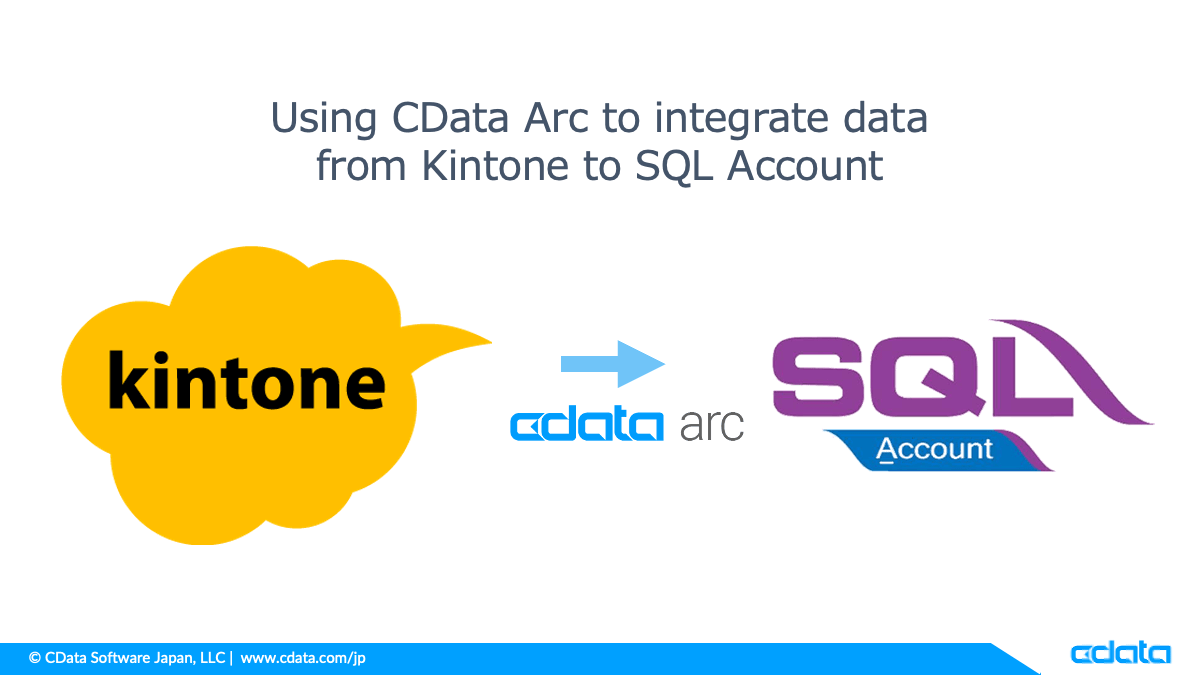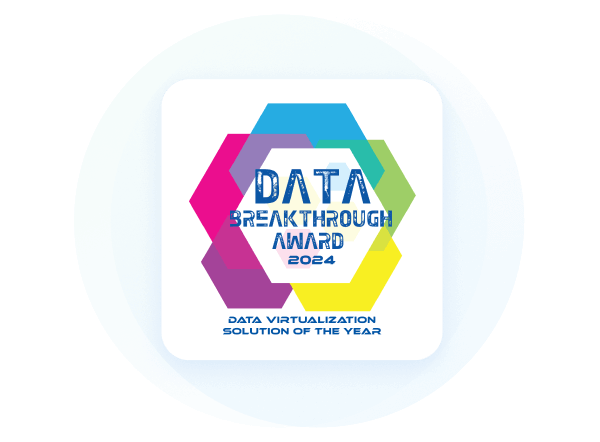Discover how a bimodal integration strategy can address the major data management challenges facing your organization today.
Get the Report →How to Access ShipStation Data Using Entity Framework
This article shows how to access ShipStation data using an Entity Framework code-first approach. Entity Framework 6 is available in .NET 4.5 and above.
Microsoft Entity Framework serves as an object-relational mapping framework for working with data represented as objects. Although Visual Studio offers the ADO.NET Entity Data Model wizard to automatically generate the Entity Model, this model-first approach may present challenges when your data source undergoes changes or when you require greater control over entity operations. In this article, we will delve into the code-first approach for accessing ShipStation data through the CData ADO.NET Provider, providing you with more flexibility and control.
- Open Visual Studio and create a new Windows Form Application. This article uses a C# project with .NET 4.5.
- Run the command 'Install-Package EntityFramework' in the Package Manger Console in Visual Studio to install the latest release of Entity Framework.
Modify the App.config file in the project to add a reference to the ShipStation Entity Framework 6 assembly and the connection string.
Use the BASIC Authentication standard to connect.
- Login to your ShipStation account
- Click on the settings icon in the upper right corner. A column menu will show up on the left
- Click Account -> API Settings
- On the API Settings page, note the API Key and API Secret.
Authenticating to ShipStation
- APIKey: Set this to the API key from the API settings page.
- APISecret: Set this to the Secret key from the API settings page.
<configuration> ... <connectionStrings> <add name="ShipStationContext" connectionString="Offline=False;APIKey='YourAPIKey';APISecret='YourAPISecret'" providerName="System.Data.CData.ShipStation" /> </connectionStrings> <entityFramework> <providers> ... <provider invariantName="System.Data.CData.ShipStation" type="System.Data.CData.ShipStation.ShipStationProviderServices, System.Data.CData.ShipStation.Entities.EF6" /> </providers> <entityFramework> </configuration> </code>- Add a reference to System.Data.CData.ShipStation.Entities.EF6.dll, located in the lib -> 4.0 subfolder in the installation directory.
- Build the project at this point to ensure everything is working correctly. Once that's done, you can start coding using Entity Framework.
- Add a new .cs file to the project and add a class to it. This will be your database context, and it will extend the DbContext class. In the example, this class is named ShipStationContext. The following code example overrides the OnModelCreating method to make the following changes:
- Remove PluralizingTableNameConvention from the ModelBuilder Conventions.
- Remove requests to the MigrationHistory table.
using System.Data.Entity; using System.Data.Entity.Infrastructure; using System.Data.Entity.ModelConfiguration.Conventions; class ShipStationContext : DbContext { public ShipStationContext() { } protected override void OnModelCreating(DbModelBuilder modelBuilder) { // To remove the requests to the Migration History table Database.SetInitializer<ShipStationContext>(null); // To remove the plural names modelBuilder.Conventions.Remove<PluralizingTableNameConvention>(); } } - Create another .cs file and name it after the ShipStation entity you are retrieving, for example, Tags. In this file, define both the Entity and the Entity Configuration, which will resemble the example below:
using System.Data.Entity.ModelConfiguration; using System.ComponentModel.DataAnnotations.Schema; [System.ComponentModel.DataAnnotations.Schema.Table("Tags")] public class Tags { [System.ComponentModel.DataAnnotations.Key] public System.String Id { get; set; } public System.String Color { get; set; } } - Now that you have created an entity, add the entity to your context class:
public DbSet<Tags> Tags { set; get; } - With the context and entity finished, you are now ready to query the data in a separate class. For example:
ShipStationContext context = new ShipStationContext(); context.Configuration.UseDatabaseNullSemantics = true; var query = from line in context.Tags select line;






